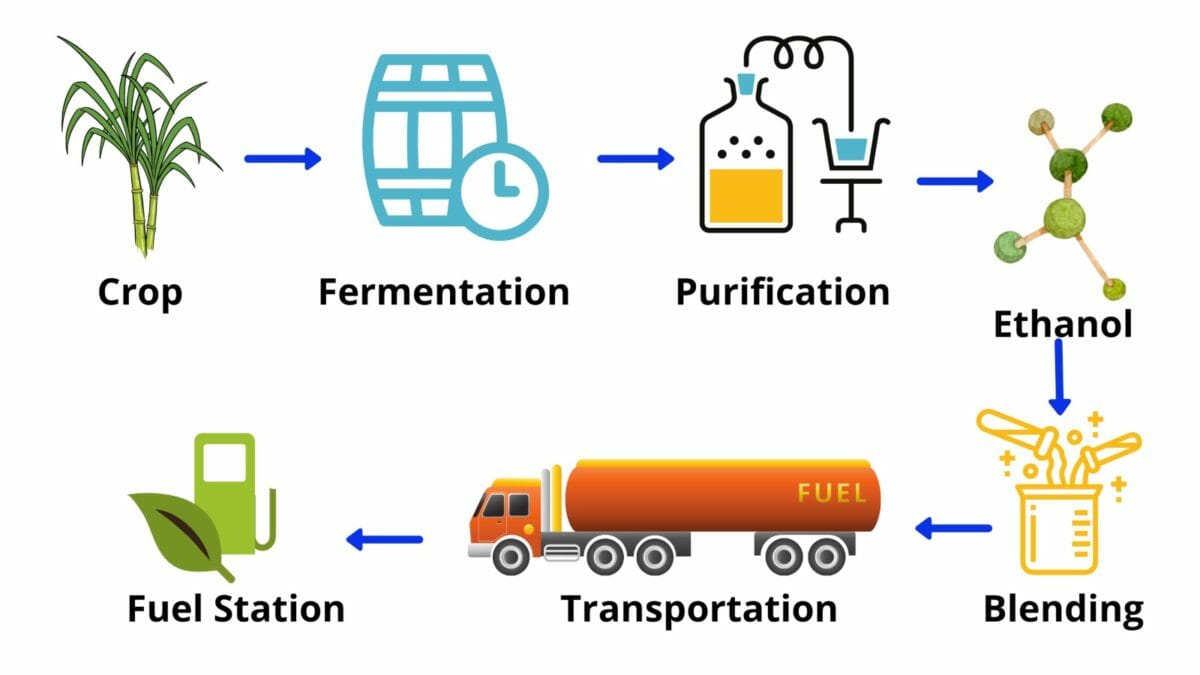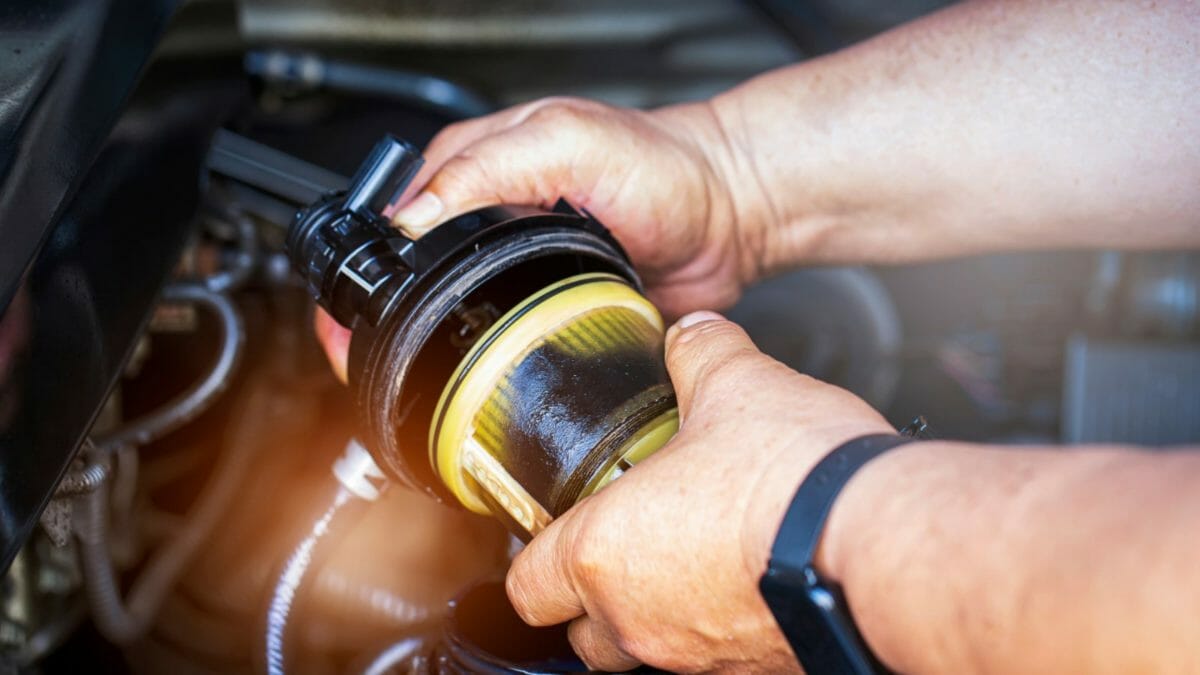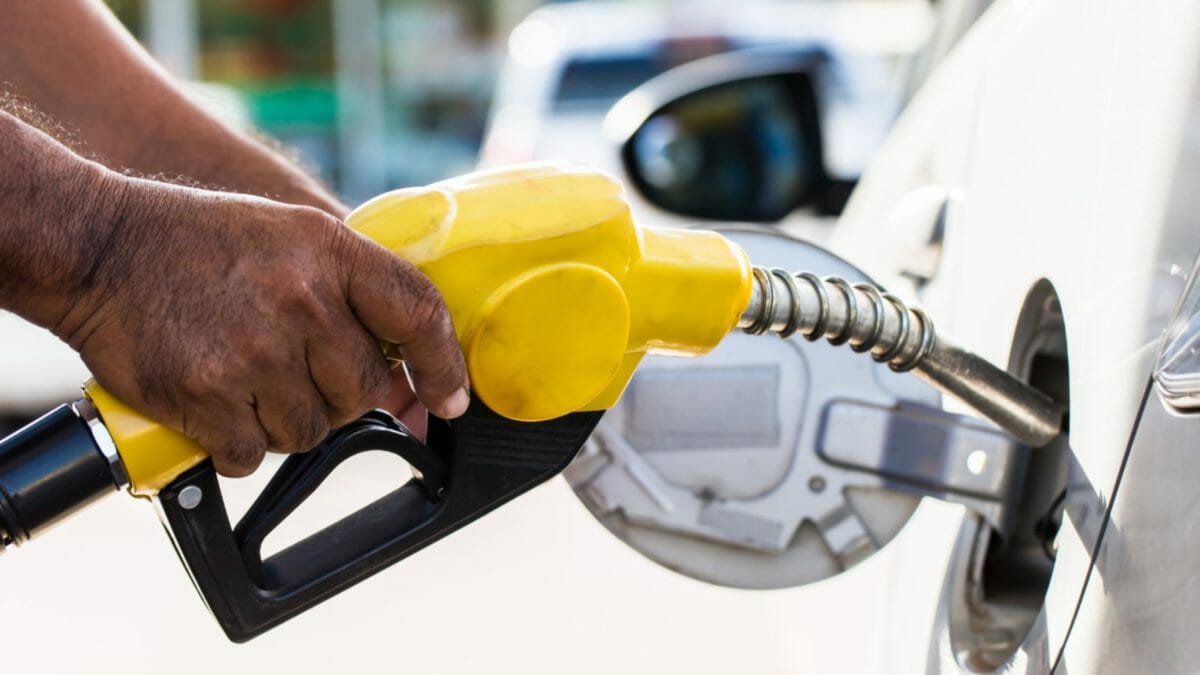The idea of usage of ethanol-blended petrol is not new in India. The government had set a target of implementing 10% ethanol-blending petrol by the end of 2022 and 20% ethanol-blending fuel by 2030. However, as per a recent notification, the target has been advanced to 2023. Currently, the fuel sold in India has approx. 7% ethanol-blending.
More Details
To reduce the dependency on costly fuel imports, India wants to achieve 20% ethanol-blending in fuel sold across the country by 2023. The Oil Ministry said in a Gazette notification, “The Central Government hereby directs that the oil companies shall sell ethanol-blended petrol with a percentage of ethanol up to 20 per cent as per the Bureau of Indian Standards specifications, in the whole of the States and union territories. This Notification shall come into force with effect from the 1st April 2023”.
Why this move
India being the third-largest importer of oil relies on foreign suppliers to meet 85% of its oil demands. On separate occasions, Prime Minister Narendra Modi and Road Transport & Highways Minister Nitin Gadkari have suggested that India should promote the use of biofuels. The primary objective of this move is to curb the dependence on oil imports. Ethanol contains oxygen which results in the complete combustion of the fuel. This in turn reduces the emission levels improving air quality.
While the above seems promising for cheaper fuel and a cleaner environment, the issues of using a high concentration of ethanol in fuels outweigh its benefits.
Effect on Agricultural Resources
To meet the target of 20% ethanol-blending in fuel by 2023, 1,000 crore litres of ethanol will be required. Ethanol is produced by fermenting sugarcane, corn, etc and this is how most of this demand will be met in India. As much as 700 crore litres of ethanol will be produced from sugarcane while the rest will be produced from excess grain. This will mean increased use of water resources not only for agricultural purposes but also to wash away pollutants. India’s water requirements for producing such huge quantities of ethanol are not met by rainwater which means more surface and groundwater will be used. Water is not the only limited resource we have. Sugarcane currently accounts for around 3% of India’s net sown area. A simple calculation of extra area required for the 2010 to 2017 period shows that to raise the petrol-ethanol blend rate to even 10%, India will have to devote another 4% of its net sown area to sugarcane. In order to achieve a 20% blend rate, almost one-tenth of the existing net sown area will have to be diverted for sugarcane production. Any such land requirement is likely to put stress on other crops and has the potential to increase food prices.

Loss of Mileage
The ethanol molecule contains less energy than gasoline. The energy value in petroleum fuels is a function of the number of carbon bonds in the molecule. Gasoline molecules are much longer with more carbon bonds than the small ethanol molecule, so you have less energy potential in that blended fuel. Since ethanol produces less energy, there is a drop in the overall energy value of the vehicle which in turn results in higher fuel consumption. The loss of energy in E10 or 10% ethanol-blended fuel is 3.5%-5% and will be higher in E20 fuel.
Attraction and Retention of Water
Pure ethanol has a strong ability to absorb water from the atmosphere around it. The same stands true for ethanol-blended petrol. When water accumulates in a fuel tank, it sinks to the bottom of the tank as water is heavier than fuel. This then contributes to a host of issues like rusting of the tank, frequent damage to fuel filters, corrosion, etc. While the current engines are not modified to optimally run on E20 fuel, they are more likely to run into problems. This only means that consumers will have to shell out more for maintenance and repairs.

Higher Production Cost for Vehicles
The new fuel blend will require modifications in engine specifications. Manufacturers will have to spend money for research, development, testing and implementing these new specifications. We already saw a hike in vehicle prices when the BS6 norms were implemented and we expect the same to happen once these changes are brought into action.
To conclude, in the current scenario, bringing ethanol-blended fuels in such a short timeline will do more harm than good and there is a good chance that the consumers will pay the price for it.

